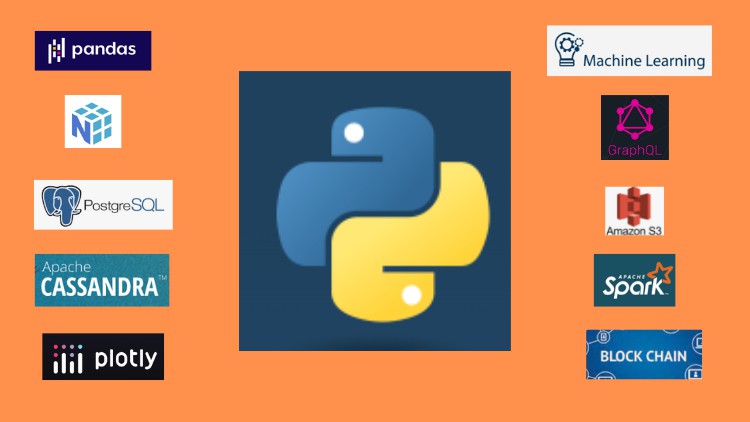1.1 list.zip
1. Python List
2.1 list.zip
2. Adding and removing elements in a list
3. Popping items from a list
4. Removing an item by value
5. Sorting a list permanently or temporarily
6. Reverse a list
7. Avoiding Index errors
8.1 list constructor.zip
8. The list() constructor
9.1 working with list.zip
9. Looping an entire list
10. Indentation
11.1 numerical list.zip
11. Numerical List
12. min, max and sum functions
13.1 negative indexing.zip
13. Negative Indexing
14.1 multi-dimentional list.zip
14. Multi-diementional list
15.1 range function.zip
15. Range function
16.1 looping multi-dimentional list.zip
16. Looping multi-dimentional list
17.1 slicing of a list.zip
17. Slicing of a list
18.1 list slicing - part 2.zip
18. Slicing a List Part 2
19.1 iterate over multiple list at a time.zip
19. Iterate over multiple list
20.1 to check if an item exist in a list.screenflow.zip
20. Check if an item exist or not
21.1 Count total occurance of an item.screenflow.zip
21. Count total occurrence of an item
22.1 membership operators.zip
22. Membership operators
23.1 find most common item.zip
23. Find most common item
24.1 nested list.zip
24. Nested List
25.1 list comprehensions.zip
25. List Comprehensions
26. List Comprehensions with if clause
27. Nested List Comprehensions
28.1 flatten a list of lists.zip
28. Flatten a list of lists
29.1 remove duplicates from the list.zip
29. Remove duplicates from the list
30.1 combine lists.zip
30. Combine lists

